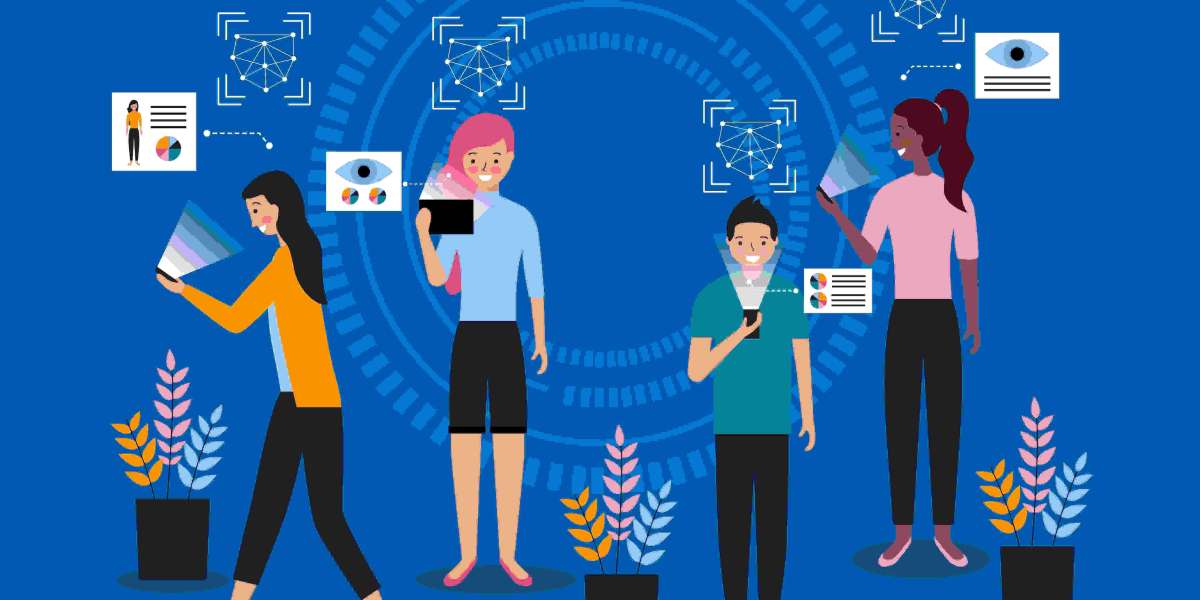Governments and public services deal with sensitive information on a daily basis. It is critical that any audiovisual (AV) technology solutions used are secure, reliable and easy for employees to use. However, budget constraints are always a concern for public institutions. This is where user-friendly AV solutions can help address both usability and affordability. By selecting the right products and platforms, governments and public services can improve productivity while protecting citizens' privacy and data.
In this blog post, we will explore how user-friendly AV solutions can benefit government and public services. We will look at key considerations for selecting the right solutions and some examples of technologies that strike the right balance of usability, security and value.
Understanding User Needs
When implementing any new technologies, it is important to understand the needs and capabilities of the intended users. For government and public services, this includes workers with a wide range of technical skills and backgrounds. AV solutions must be:
Intuitive to use with little to no training. Employees have important work to do and cannot spend extensive time learning new systems.
Consistent across departments. Whether for a large meeting or one-on-one call, the experience should feel familiar.
Accessible for all abilities. Software and hardware must accommodate users with disabilities to comply with regulations.
Secure for sensitive discussions. Solutions used for meetings discussing private citizen data must have robust security features built-in.
By keeping user needs top of mind during the selection and rollout process, issues like adoption barriers and work disruptions can be avoided. With an employee-centric approach, the right AV solutions gain acceptance and maximize benefit for organizations.
Selecting the Right Platform
When it comes to choosing an AV platform, the options can seem overwhelming. Some key factors to consider include:
Cost and Flexibility
Government budgets are tight, so total cost of ownership matters greatly. Look for platforms offering flexibility to start small and scale features as needs grow over time. Monthly or usage-based pricing helps control expenses. Open formats ensure compatibility across devices and vendors for future upgrades without vendor lock-in.
Integrations and Device Support
Public services collaborate inside and outside organizations daily. Select a platform that integrates smoothly with common work tools like calendars, directories, file shares and business apps. Compatibility with a wide range of meeting room and personal devices increases usability and BYOD support for hybrid work.
Security and Compliance
Audio and video often involve private discussions that require protection. Look for features like encrypted communications, password protection, activity logs and guest controls. Also assess if solutions meet standards for data residency, accessibility and privacy regulations that apply to government entities.
Ease of Use and Support
Intuitive meeting interfaces reduce learning curves. Reliable connectivity and call quality keep work flowing. 24/7 support services provide peace of mind, especially for infrequent users. Over-the-air updates ensure systems stay current with bugs fixes and new capabilities
By thoroughly evaluating products based on these criteria, organizations can select collaboration platforms offering powerful, secure and seamless experiences appropriate for their unique operations and worker profiles. With user-centric choices, adoption and utilization are optimized.
Examples of Useful AV Solutions
A few examples of AV solutions meeting the goals of user-friendly usability, security and value for government and public services include:
Web-Based Video Conferencing
Browser-based video meeting services eliminate the need for dedicated room systems or software downloads. Access is as simple as clicking a link, with features like scheduling integration, screen sharing, virtual backgrounds and attendee management. Mobility is a major plus for field work. Security is assured through best practices like firewall traversal and encryption in transit. Costs are very reasonable with per-user pricing.
Wireless Meeting Room Solutions
All-in-one appliances bring high-quality audio and HD video capabilities to huddle spaces and small conference rooms through an integrated microphone, speaker and camera system. Ease of use is a priority, controlled by a simple in-room touchscreen or digital signage mode. Automatic speaker tracking and noise cancellation produce superior capture of discussion. Daily meeting needs are more than met without large price tags.
Personal Meeting Solutions
Portable video bars and all-in-one personal devices deliver ad-hoc conferencing from any workspace like a desk or remote location. Features include high-definition cameras, omnidirectional mics and AI-powered smarts for a natural conversation feel. Automatic light correction facilitates clear visibility. Tight integration with chosen UC platforms like Microsoft Teams provides a seamless experience. Mobility is maximized at affordable individual license costs.
Collaboration Display Technologies
Large format touch displays mounted in dedicated huddle orwar rooms turn any space into an instant meeting environment. Walk up and start collaborating through natural gestures like annotations or app launches. Powerful built-in processors drive high quality video and content sharing from any device. Centralized management enables remote monitoring, updates and usage analytics. With digital whiteboarding, co-editing and wireless presentations, they boost employee productivity for all types of meetings.
By selecting the right mix of web, room and personal AV solutions, organizations can provide easy-to-use yet business-grade conferencing options appropriate for every workstyle and workspace scenario. With modern technologies, government agencies and public services can eliminate adoption barriers to reap real collaboration and cost benefits.
Supporting Hybrid Workstyles
The ongoing impacts of COVID-19 highlighted both opportunities and challenges around remote and distributed work in the public sector. User-friendly AV takes on new importance for supporting hybrid workstyles where employees split time between the office and other locations.
Common needs that must be addressed are reliable connectivity whether on-premises or remote, seamless content sharing between room and personal devices, and consistency across meeting environments. Having the right infrastructure empowers employees with flexibility while maintaining continuity of operations and service delivery.
Some best practices for public bodies include:
Centrally managed video platforms for policy-based access controls across locations
Virtual meeting room booking integrations for room resources
Cloud recording and transcription capabilities for remote participants
Enterprise-grade security and device management when using BYOD
Support services for remote workers like virtual walk-up meeting experiences
Training programs around new collaboration tools and hybrid policies
When AV and collaboration solutions are ubiquitous within and outside the workplace, hybrid work becomes a strength rather than a weak point. For government and services, user adoption of new technologies boosts emergency readiness, business continuity and services to citizens that do not require physical access.
Measuring Impact and Advocating Investment
To gain ongoing budget approval, showcase real benefits AV solutions deliver and advocate for future investment. Tracking metrics like meeting participation trends, remote user satisfaction and support case volume reduction demonstrates a return on investment.
Highlight productivity improvements from faster decision making, reduced travel costs and time savings vs physical alternatives. Survey employees on improved collaboration capabilities and work-life balance impacts.
Share usage and engagement analytics from platforms to upper management. Case studies on quick deployment of remote operations during emergencies also strengthen the value proposition.
With data-backed success stories, procurers can more easily expand adoption and rollout advanced solutions building on initial ROI. Continuous optimization supports digital transformation priorities for serving constituents effectively in modern work environments.
Conclusion
When implemented with users top of mind, audiovisual and collaboration technologies empower government bodies and public services to fulfill missions more efficiently. By selecting platforms and solutions that strike the right balance of usability, security and affordability, adoption barriers are overcome.
Accessible conferencing and content sharing tools support distributed hybrid workforces maintaining productivity, while central management ensures policies and privacy regulations are always followed. With modern user-friendly AV, public institutions gain mobility and flexibility serving citizens wherever they are located. Ongoing optimization helps agencies transform digitally to keep pace with community needs today and into the future.








